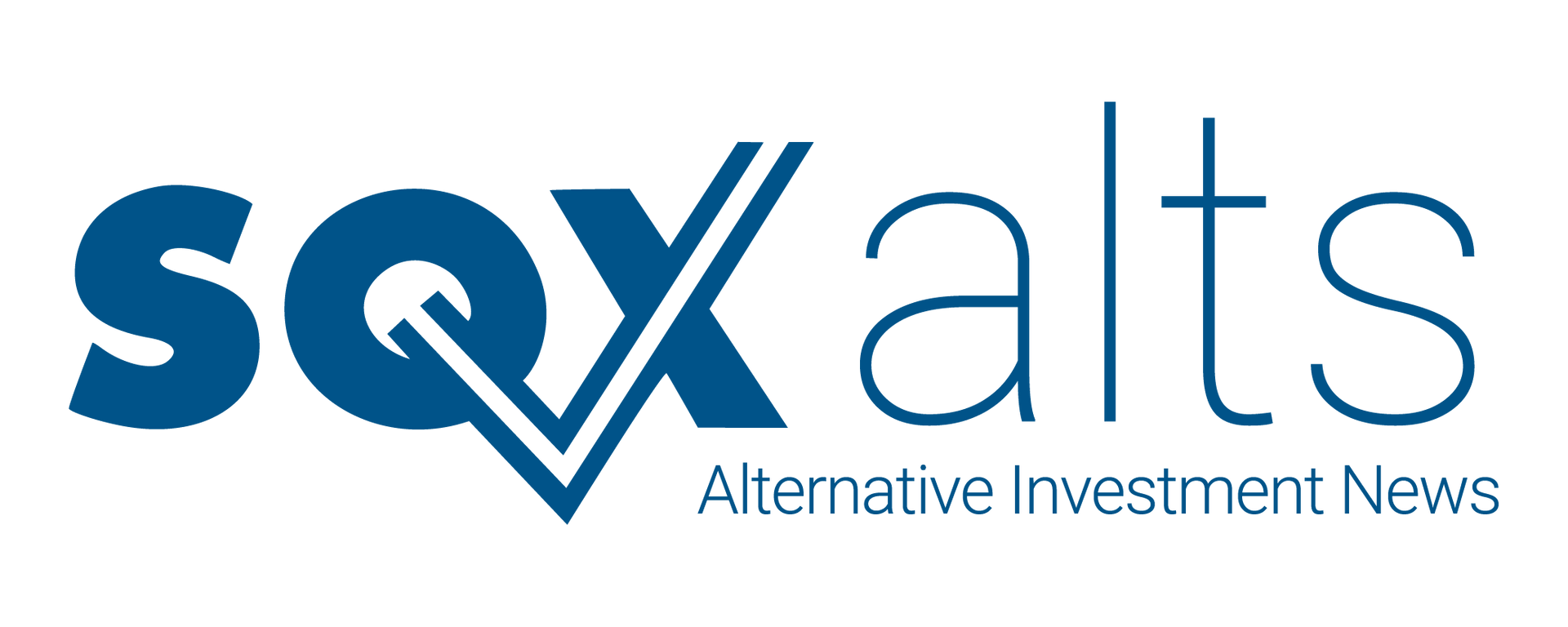Laredo Oil Pursues Stranded Oil Recovery
The company advances its UGD technology and Montana drilling projects while managing investor interest and mounting debt.
September 16, 2025

UGD: A Strategic Bet
Laredo’s core business is focused on one thing: extracting stranded oil using UGD, a technique designed to recover oil from older fields that still hold reserves. The method involves creating a chamber beneath the reservoir, then drilling upward into the oil-bearing zone to let gravity do the work.
According to the company, this setup could significantly cut costs compared to traditional Enhanced Oil Recovery (EOR) methods—while improving recovery rates from older assets. The catch? It only works in fields with specific geologic conditions. So far, Laredo has identified multiple prospects and plans to develop them as funding allows.
Montana Drilling: Mixed Results, Ongoing Work
Alongside UGD, Laredo is working on more conventional drilling projects in Montana, where it holds more than 45,000 gross acres. Some wells were drilled in partnership with Texakoma and Erehwon Oil & Gas. Others were funded through investor-backed entities like Hell Creek Crude and West Fork Resources.
Results have been mixed. In both the Lustre and Midfork fields, wells showed high water production and limited commercial potential. In the Midfork Field, one development well is now shut in while the team evaluates whether it can be salvaged through rework or converted to a saltwater disposal well. At Lustre, three wells drilled by Texakoma are also shut in for evaluation.
To address the issues, Laredo has since obtained 3D seismic data to improve targeting in future wells. Still, the immediate impact has been delayed production and added costs.
Funding and Capital Position
Funding continues to drive the pace of Laredo’s development plans. In fiscal 2025, the company raised over $1.2 million
through equity sales and brought in another $2.9 million
through participation agreements. A portion of this funding went toward drilling in Midfork, while additional funds are earmarked for a three-well exploratory campaign near the Fort Peck Reservation.
On the balance sheet, cash and restricted cash totaled just $277,367
at fiscal year-end—down from nearly $2 million
the year prior. Total debt reached $4 million, spread across bridge loans, notes to insiders, and convertible debt. Several of these instruments carry high interest rates or are subject to repayment agreements with vendors.
The company continues to rely on investor participation to fund both conventional and UGD-focused drilling activity. And management believes a shift in sentiment toward U.S.-based energy projects may help attract new capital.
Legal Settlements and Payment Plans
Laredo also spent the past year addressing multiple legal matters tied to its Montana operations. Through its subsidiary Lustre Oil Company, the company settled a mineral lease dispute with A&S Mineral Development via a confidential agreement. But three other lawsuits, all tied to unpaid drilling costs, resulted in stipulated judgments and structured payment plans. In total, Laredo now owes several hundred thousand dollars in principal, interest, and fees across these cases.
These obligations add further pressure to cash flows, and monthly payments are expected to continue well into the future.
Controls, Governance, and Going Concern
Internally, Laredo flagged a material weakness in its financial reporting controls. The issue stems from a small accounting team and a lack of oil and gas-specific expertise—leading to a reliance on manual processes and limited segregation of duties. The company states that while it has taken extra steps to ensure the accuracy of its financial statements, these limitations remain a concern.
Separately, the company’s auditors issued a going concern warning, noting the combination of recurring losses, negative cash flow, and dependence on external financing. Laredo has acknowledged the risk but emphasized its efforts to raise additional capital and manage operating costs through a lean headcount and focused investment strategy.
Insider Ownership and Equity Profile
As of August 2025, Laredo had nearly 75 million shares
outstanding. CEO Mark See controls around 38%
of the company’s shares through direct and indirect holdings. Other executives and directors collectively hold over half the outstanding equity.
Both the CEO and CFO continue to defer portions of their salaries. At year-end, Mr. See had accrued over $1.2 million
in deferred compensation, while CFO Bradley Sparks had accrued $2.3 million. These deferrals reflect the company’s approach to preserving capital for field development and operations.
Looking Ahead
Laredo’s long-term strategy depends on making UGD a viable recovery method across select mature fields. At the same time, the company is actively developing conventional oil projects with support from investor-backed entities.
Its next major target is the Fort Peck acreage, where the company is raising $7.5 million
to drill three exploratory wells. Early development activities are already underway, and Laredo expects to complete the capital raise by fall. If successful, drilling could begin before year-end.
The path forward is capital-dependent and project-specific. Execution risk remains high, but the company’s focus is clear: deploy its UGD know-how, prove up its acreage, and build a production base that can sustain operations and generate returns for its partners.
Share
Read More Articles


